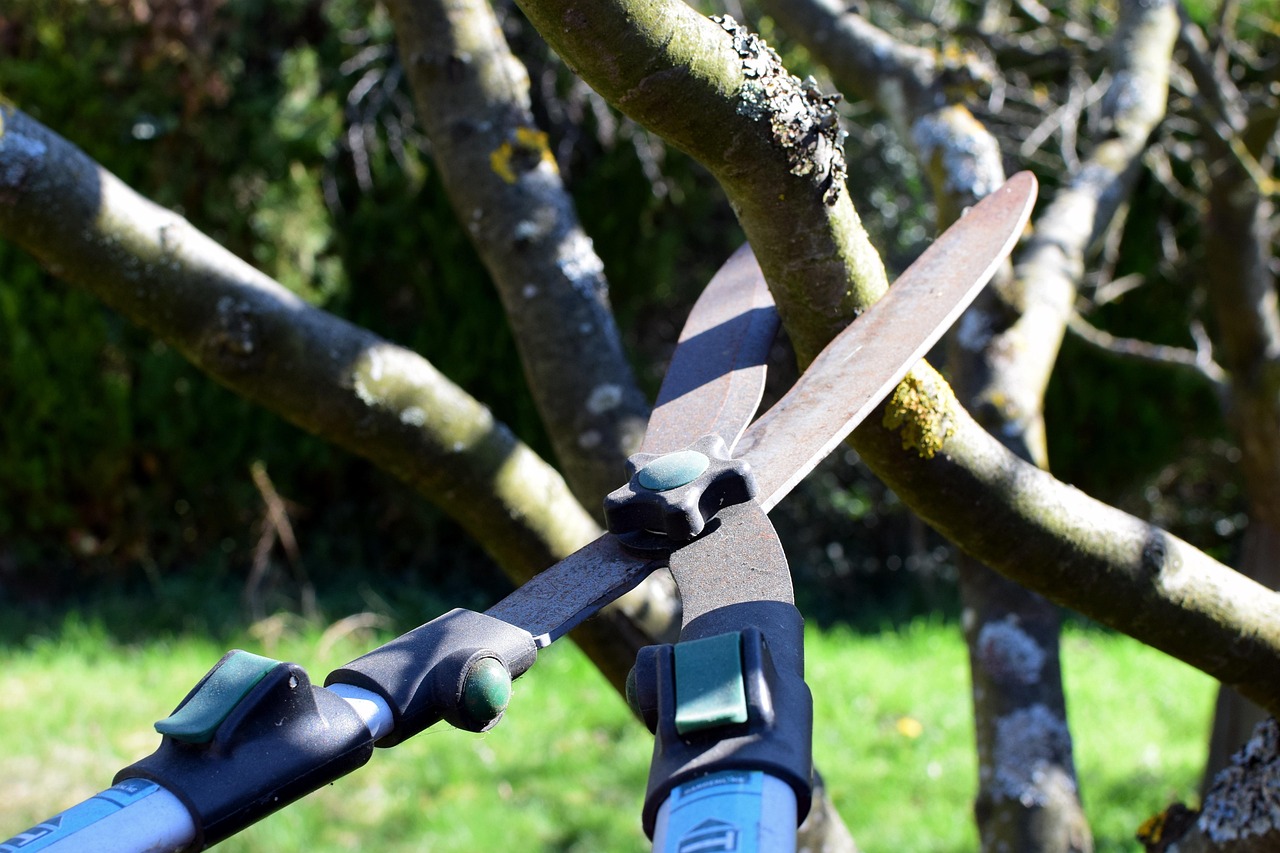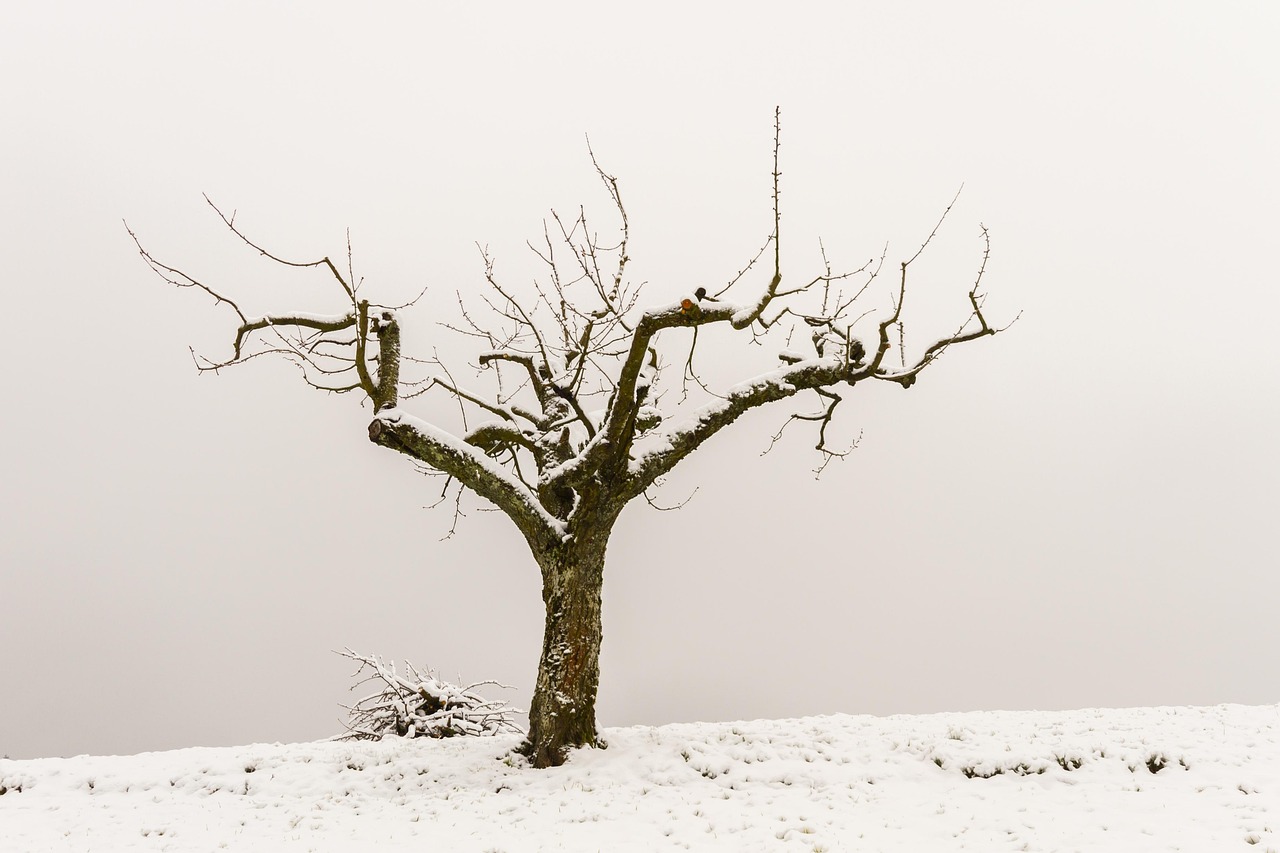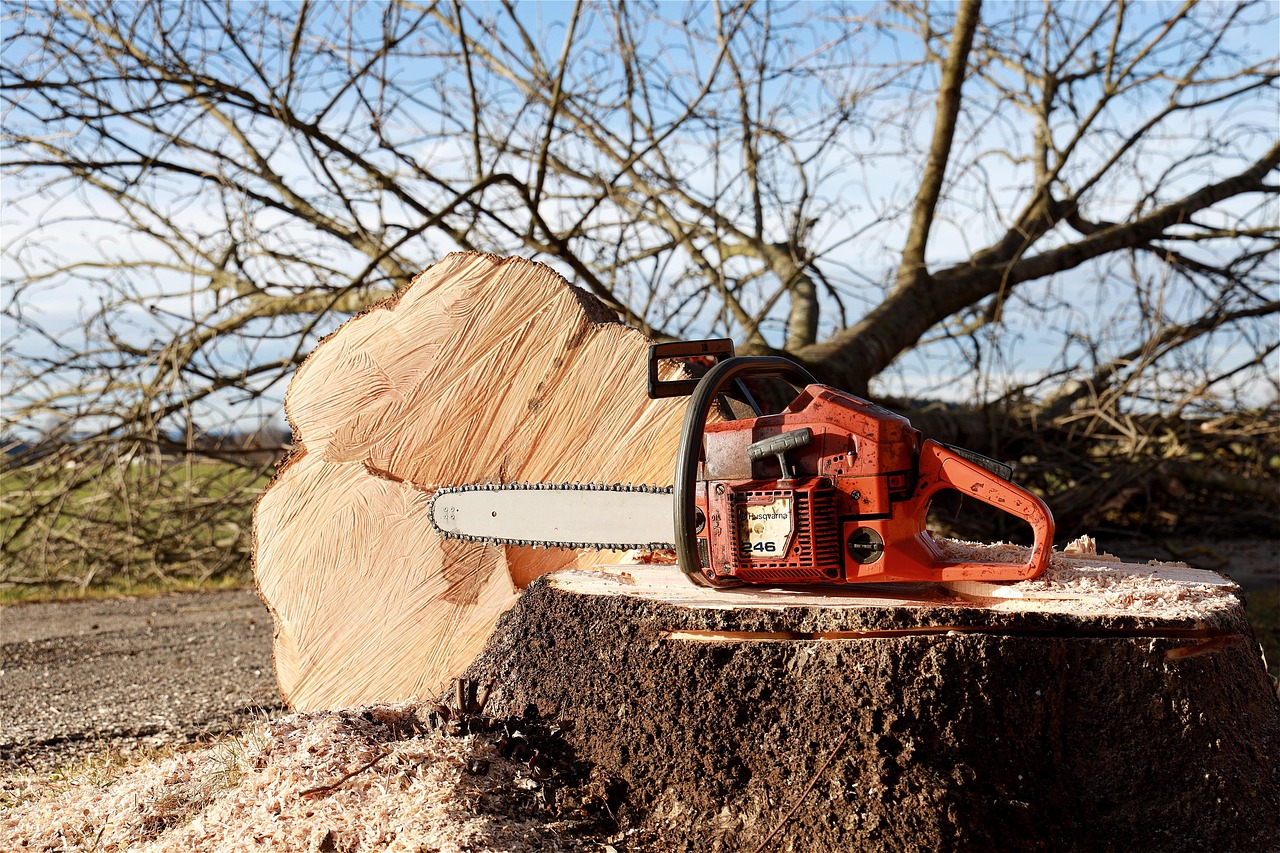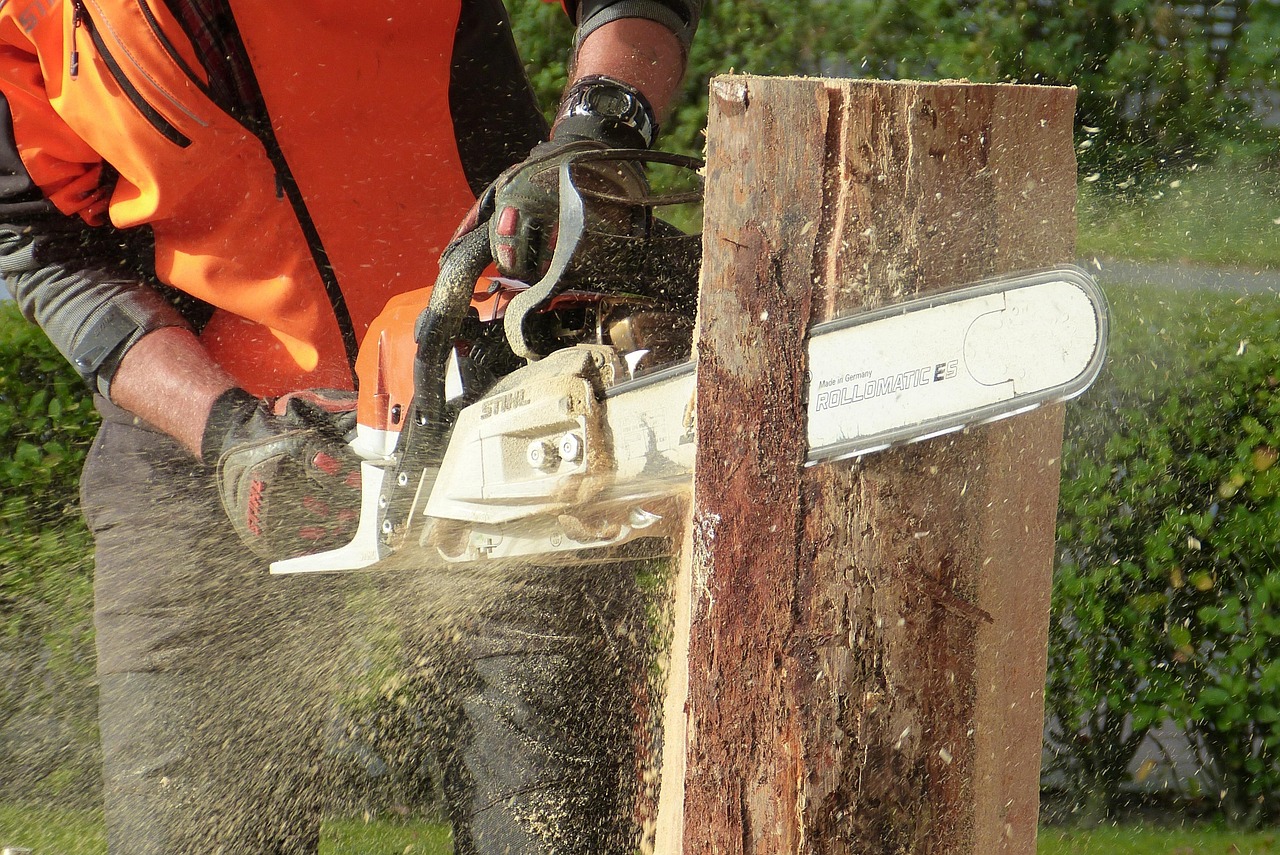Tree pruning is an essential practice for maintaining a healthy and productive garden. When done correctly, it enhances flowering in trees that attract pollinators, ensuring a vibrant ecosystem. Pruning can also improve air circulation and sunlight penetration, benefiting both plants and pollinators.
Gardening is not just a hobby; it is a way to contribute to the environment. Many gardeners are becoming increasingly aware of the importance of pollinators. These creatures, such as bees, butterflies, and hummingbirds, play a vital role in the reproduction of many plants. Healthy trees can provide food and habitat for these essential species. One of the key methods to ensure trees thrive in a pollinator-friendly garden is through proper pruning.

Pruning involves selectively removing certain parts of a tree. This can include branches, buds, and sometimes roots. The primary goal is to promote healthy growth, enhance the tree’s structure, and improve its overall appearance. However, understanding the specific needs of trees and their flowering cycles is crucial when pruning for pollinators.
Benefits of Pruning for Pollinator Gardens
Pruning offers several benefits that directly contribute to creating a welcoming environment for pollinators. Here are some key advantages:
- Improved Flower Production: Proper pruning encourages trees to produce more flowers. More flowers mean more food sources for pollinators.
- Increased Sunlight Exposure: Thinning out dense branches allows sunlight to reach interior leaves, promoting healthier foliage and flowering.
- Enhanced Air Circulation: Good air flow helps reduce the risk of disease, ensuring trees remain healthy and fruitful.
- Better Accessibility: Pruning creates open spaces that make it easier for pollinators to access flowers.
To maximize the benefits of pruning, it’s essential to understand the different types of trees in your garden. Various species have unique growth habits and flowering times that influence when and how they should be pruned. Some trees benefit from late winter or early spring pruning, while others are best pruned after flowering.

Understanding Tree Growth and Flowering Cycles
A successful pollinator-friendly garden begins with knowledge about the trees you are working with. Each species has its own growth patterns and flowering cycles. Here are some common tree types found in pollinator gardens along with their pruning needs:
| Tree Type | Optimal Pruning Time | Flowering Season |
|---|---|---|
| Fruit Trees (e.g., Apple) | Late winter to early spring | Spring |
| Ornamental Trees (e.g., Cherry) | Immediately after flowering | Spring |
| Shade Trees (e.g., Maple) | Late winter | Spring |
| Flowering Dogwood | Late fall or early winter | Spring |
Understanding these cycles can help ensure that you prune at the right time. Pruning at the wrong time may remove buds that would develop into flowers, reducing food sources for pollinators.
Tools Needed for Pruning
Having the right tools makes pruning more efficient and effective. Here is a list of essential tools that every gardener should have:

- Bypass Pruners: Ideal for cutting live stems.
- Loppers: Useful for thicker branches that are too large for pruners.
- Saw: Necessary for cutting larger branches.
- Gloves: Protect your hands during the process.
- Safety Glasses: Keep your eyes safe from flying debris.
Before starting any pruning work, it is essential to inspect your trees. Look for dead or damaged branches that need removal. This will help you create a clear plan for how much to prune and where to focus your efforts.
The Pruning Process
The actual process of pruning should be approached methodically. Follow these steps to ensure effective pruning:
- Assess the Tree: Examine the overall shape and structure of the tree.
- Identify Problem Areas: Look for dead or crossing branches that may hinder growth.
- Selectively Prune: Remove branches carefully, making cuts at appropriate angles.
- Step Back and Evaluate: Regularly step back to assess the tree’s shape as you prune.
- Clean Up: Clear away any debris to prevent disease spread.
This careful approach helps maintain the health of your trees while also ensuring they remain attractive to pollinators. Adhering to these practices will foster a thriving garden ecosystem that benefits both plants and wildlife alike.

Timing Your Pruning
Timing is crucial when it comes to pruning trees in your garden. Pruning at the right time can significantly impact a tree’s health and its ability to attract pollinators. Each tree species has its own ideal timing for pruning, which often aligns with its flowering schedule.
Generally, there are two main pruning windows:
- Late Winter to Early Spring: This period is ideal for most deciduous trees. Pruning during dormancy encourages vigorous growth in the spring.
- After Flowering: Trees that bloom in spring should be pruned immediately after they flower. This allows for the development of next season’s buds.
Understanding these windows ensures that you do not remove flowering buds essential for pollination. Additionally, pruning during winter can reduce the chances of disease spread since many pathogens are inactive during cold months.
Common Mistakes in Tree Pruning
While pruning is beneficial, certain mistakes can undo your efforts. Being aware of these common pitfalls will help you achieve better results:
- Over-Pruning: Removing too much foliage can stress the tree and hinder its growth. Aim to remove no more than 20-30% of a tree’s canopy at one time.
- Improper Cuts: Making cuts too close to the trunk or leaving stubs can damage the tree. Always cut at a branch collar where possible.
- Ignoring Tree Health: Pruning sick or stressed trees can worsen their condition. Ensure the tree is healthy enough to withstand pruning.
- Using Dull Tools: Dull tools can crush branches rather than making clean cuts. Always keep your tools sharp for effective pruning.
Avoiding these mistakes will help maintain the health of your trees, ensuring they provide abundant flowers for pollinators.
Pruning Techniques for Different Tree Types
Different types of trees require different pruning techniques. Here are some common techniques tailored for various tree types:
Fruit Trees
Fruit trees require specific pruning to promote fruit production and maintain shape. The following techniques are beneficial:
- Crown Thinning: This involves removing selected branches to increase light penetration and air circulation.
- Heading Back: Shortening long branches encourages bushier growth and better fruit production.
- Removing Suckers: These are fast-growing shoots that can take energy away from the main tree. Regular removal promotes healthier growth.
Ornamental Trees
For ornamental trees, the focus is often on aesthetics and health. Key pruning techniques include:
- Canopy Lifting: Removing lower branches allows for better visibility and access beneath the tree.
- Deadwooding: This technique involves removing dead or dying branches to improve appearance and health.
- Shaping: Regular shaping helps maintain an attractive form that appeals to both gardeners and pollinators.
Shade Trees
Shade trees often require minimal pruning, but careful attention is necessary for their health:
- Structural Pruning: Focus on developing a strong trunk and branch structure early in the tree’s life.
- Selective Thinning: Remove crowded branches to reduce competition for light and air.
The Role of Pollinator-Friendly Practices in Pruning
Incorporating pollinator-friendly practices during pruning can significantly enhance your garden’s ecosystem. Consider these strategies:
- Leave Some Flowers: When possible, allow some flowers to remain on trees after pruning to provide immediate food sources for pollinators.
- Create Habitat Spaces: Leave dead branches or logs nearby as habitats for insects and birds that contribute to pollination.
- Avoid Chemical Treatments: If using chemical treatments, choose organic options that won’t harm beneficial pollinators.
These practices not only help sustain pollinator populations but also enrich the overall biodiversity in your garden.
Monitoring Tree Health Post-Pruning
After completing your pruning, it is vital to monitor the health of your trees. Here are some key aspects to consider:
- Check for Signs of Stress: Watch for wilting leaves or discoloration, which may indicate that the tree is struggling.
- Observe New Growth: Healthy trees should show new shoots emerging within weeks of pruning.
- Pest Management: Keep an eye out for pests that might target stressed trees. Early detection can prevent infestations.
This ongoing observation will help ensure that your trees remain healthy and productive, providing a robust habitat for pollinators.
Encouraging Pollinators with Companion Planting
In addition to proper tree pruning, companion planting can significantly enhance the attractiveness of your garden to pollinators. This practice involves growing different plants in proximity to benefit each other. By strategically selecting companion plants, you can create a vibrant ecosystem that supports both trees and pollinators.
Here are some popular companion plants that pair well with flowering trees:
- Lavender: Attracts bees and butterflies while adding fragrance to your garden.
- Bee Balm: Its vibrant flowers are favorites among bees and hummingbirds.
- Marigolds: These flowers can deter pests and attract beneficial insects.
- Sage: Known for its culinary uses, sage also attracts pollinators when allowed to flower.
Using companion plants helps create a continuous bloom throughout the growing season. This provides a consistent food source for pollinators, encouraging them to visit and stay in your garden.
Creating a Diverse Planting Design
Diversity is key in establishing a pollinator-friendly garden. A well-planned design that includes various plants will create a habitat that supports a wide range of pollinating species. Here are some important factors to consider when designing your garden:
- Plant in Clusters: Grouping similar plants together makes it easier for pollinators to find food sources. For instance, planting clusters of lavender or bee balm will attract more bees than scattering individual plants throughout the garden.
- Include Native Plants: Native plants are adapted to the local environment and often provide the best resources for local pollinators. They require less maintenance and are more resilient to local pests and diseases.
- Provide Continuous Bloom: Choose plants that bloom at different times throughout the season. This ensures that nectar sources are available from early spring through late fall.
The Importance of Soil Health
A healthy soil ecosystem is vital for supporting the growth of trees and companion plants. Healthy soil fosters strong root systems, which ultimately leads to healthier trees that can better support pollinator populations. Here are some tips for maintaining soil health:
- Add Organic Matter: Incorporate compost or well-rotted manure into your soil. This boosts nutrient levels and improves soil structure.
- Practice Mulching: Applying organic mulch around trees and plants helps retain moisture, suppress weeds, and gradually enrich the soil as it decomposes.
- Avoid Compaction: Minimize foot traffic around tree roots to prevent soil compaction, which can hinder root growth and water absorption.
Pest Management Strategies
While creating a welcoming environment for pollinators is essential, managing pests is equally important. Pests can threaten both trees and the beneficial insects that help them thrive. Here are some eco-friendly pest management strategies:
- Encourage Beneficial Insects: Introduce ladybugs, lacewings, and predatory wasps into your garden. These insects prey on common garden pests.
- Use Insecticidal Soap: This organic treatment targets soft-bodied insects like aphids without harming pollinators.
- Plant Trap Crops: Certain plants can lure pests away from your main crops. For example, planting mustard can attract aphids away from your trees.
- Regular Monitoring: Conduct frequent inspections for signs of pest damage. Early detection allows for swift action before infestations spread.
Water Sources for Pollinators
Providing accessible water sources is another effective way to attract pollinators to your garden. Water is essential for all living creatures, including bees and butterflies. Here are some ideas to incorporate water sources into your garden:
- Birdbaths: Shallow birdbaths filled with fresh water can serve as drinking spots for pollinators.
- Puddling Stations: Create small depressions in the ground filled with sand and water. This provides a place for butterflies to sip water and absorb minerals.
- Water Features: Consider adding a small pond or fountain. Moving water attracts many species while providing hydration.
Make sure any water sources are shallow enough for insects to access safely. Regularly clean these features to prevent mosquito breeding and maintain water quality.
Seasonal Maintenance Practices
Maintaining a pollinator-friendly garden requires seasonal attention. Different tasks should be performed at specific times of the year to support tree health and pollinator populations effectively:
- Spring: After pruning, apply organic fertilizers and mulch. This supports new growth while providing nutrients.
- Summer: Regularly water trees and plants during dry spells. Monitor for pests and remove any weeds that compete for resources.
- Fall: Prepare for winter by clearing debris and applying compost as a soil amendment. Consider planting cover crops to improve soil health over winter.
- Winter: Protect young trees from frost damage by wrapping them with burlap or using protective barriers.
This seasonal approach ensures that both trees and pollinators have the necessary support throughout the year, fostering a thriving ecosystem in your garden.
Enhancing Biodiversity in Your Garden
Creating a pollinator-friendly garden goes beyond just pruning trees and planting companion species. It is an opportunity to enhance biodiversity in your local ecosystem. Biodiversity is crucial for a healthy environment, as it supports resilient ecosystems and helps maintain the balance of nature.
Here are some strategies to further support biodiversity in your garden:
- Plant Variety: Incorporate a wide range of plant species, including flowering perennials, annuals, and native grasses. Each species attracts different pollinators and contributes to a richer ecosystem.
- Create Microhabitats: Design parts of your garden to mimic natural environments. This can include rock piles, logs, or patches of bare soil that provide habitats for various insects and wildlife.
- Practice Sustainable Gardening: Use organic practices to minimize chemical use. This encourages beneficial organisms that help with pollination and pest control.
- Engage with Local Conservation Efforts: Participate in community initiatives aimed at protecting local habitats. This can amplify your individual efforts and contribute to larger conservation goals.
The Role of Education and Community Involvement
Educating yourself and your community about the importance of pollinators can amplify the impact of your gardening efforts. Share knowledge on best practices for tree care and the benefits of a pollinator-friendly garden.
Consider these community involvement ideas:
- Workshops: Host or attend workshops on gardening techniques that benefit pollinators. Invite local experts to share their insights.
- Garden Tours: Organize tours of pollinator-friendly gardens in your area. This allows people to see diverse strategies in action and inspires them to implement similar practices.
- Social Media Campaigns: Use social media platforms to spread awareness about pollinators and share your gardening journey. Encourage others to get involved by showcasing their gardens.
Long-Term Commitment to Pollinator Conservation
Building a pollinator-friendly garden requires commitment and ongoing effort. As seasons change, so do the needs of both trees and pollinators. By continuously learning and adapting your gardening practices, you can contribute positively to the environment.
Consider these long-term strategies:
- Keep a Garden Journal: Documenting your gardening activities, observations, and changes over time will help you identify what works best for your ecosystem.
- Stay Informed: Follow local wildlife organizations or gardening groups to stay updated on best practices, new research, and emerging challenges affecting pollinators.
- Encourage Others: Share your successes and challenges with friends and family to inspire them to create their own pollinator-friendly spaces.
Conclusion
Creating a pollinator-friendly garden is an enriching endeavor that benefits both the gardener and the environment. By implementing proper tree pruning techniques, incorporating diverse plant species, and engaging with community efforts, you can foster a thriving habitat for essential pollinators. Healthy trees not only enhance your garden’s beauty but also play a vital role in supporting local biodiversity.
The practices discussed throughout this article highlight the interconnectedness of gardening, tree care, and ecological health. By committing to these principles, you contribute to a sustainable future for wildlife and plants alike. Your garden can become a sanctuary for pollinators, offering them food, shelter, and safety while enhancing the beauty and productivity of your landscape.
Ultimately, every effort counts. Whether you are an experienced gardener or just starting out, adopting these strategies will help ensure that your garden remains a vibrant ecosystem that supports both people and pollinators for years to come.
